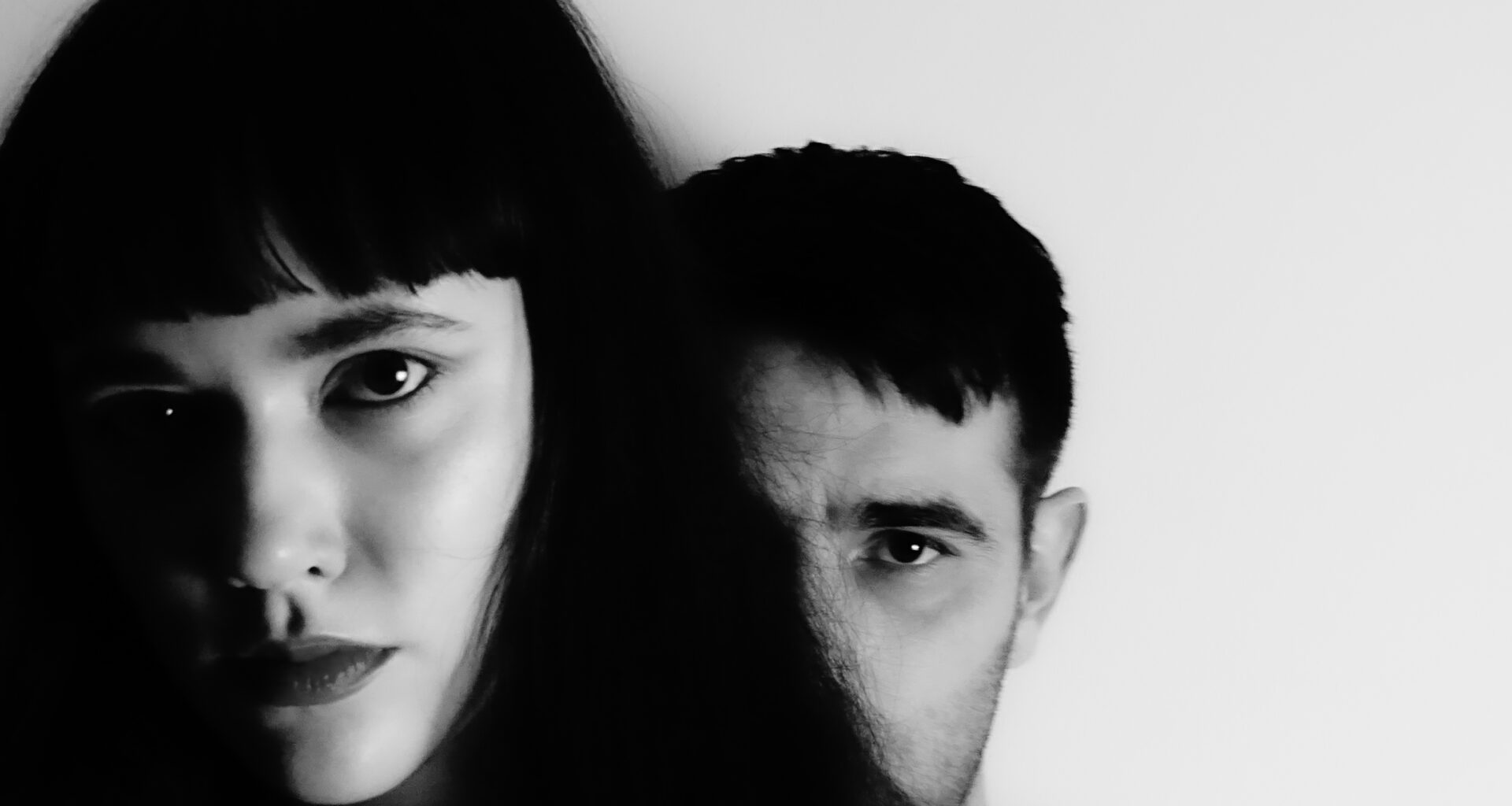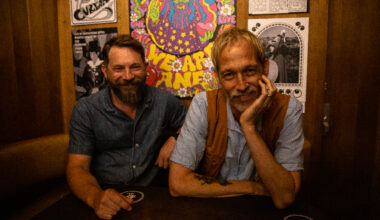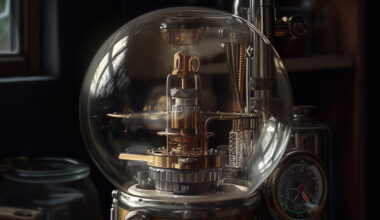Ex-Factory Floor man Gabe Gurnsey is back with his second solo effort, ‘Diablo’. Featuring his girlfriend Tilly Morris as both muse and singer, it’s a pulsating, dancefloor-centric banger teeming with hedonistic abandon, aching desire and a wicked after-dark edge
Want to read more?
Sign up to Electronic Sound Premium to gain access to every post, video, special offers, and more. 100%, all you can eat, no commitment, cancel any time.
Already a premium member? Log in here






